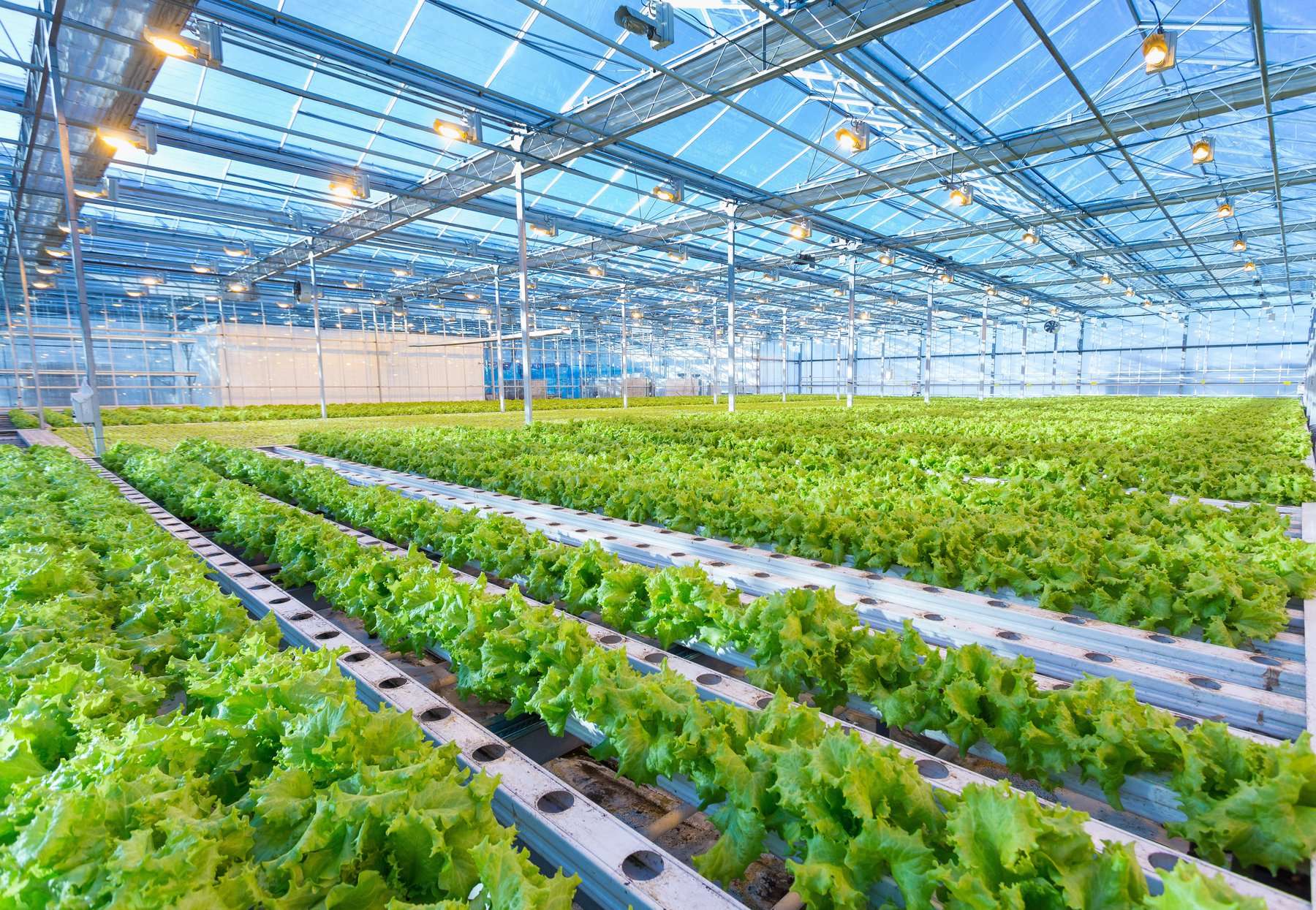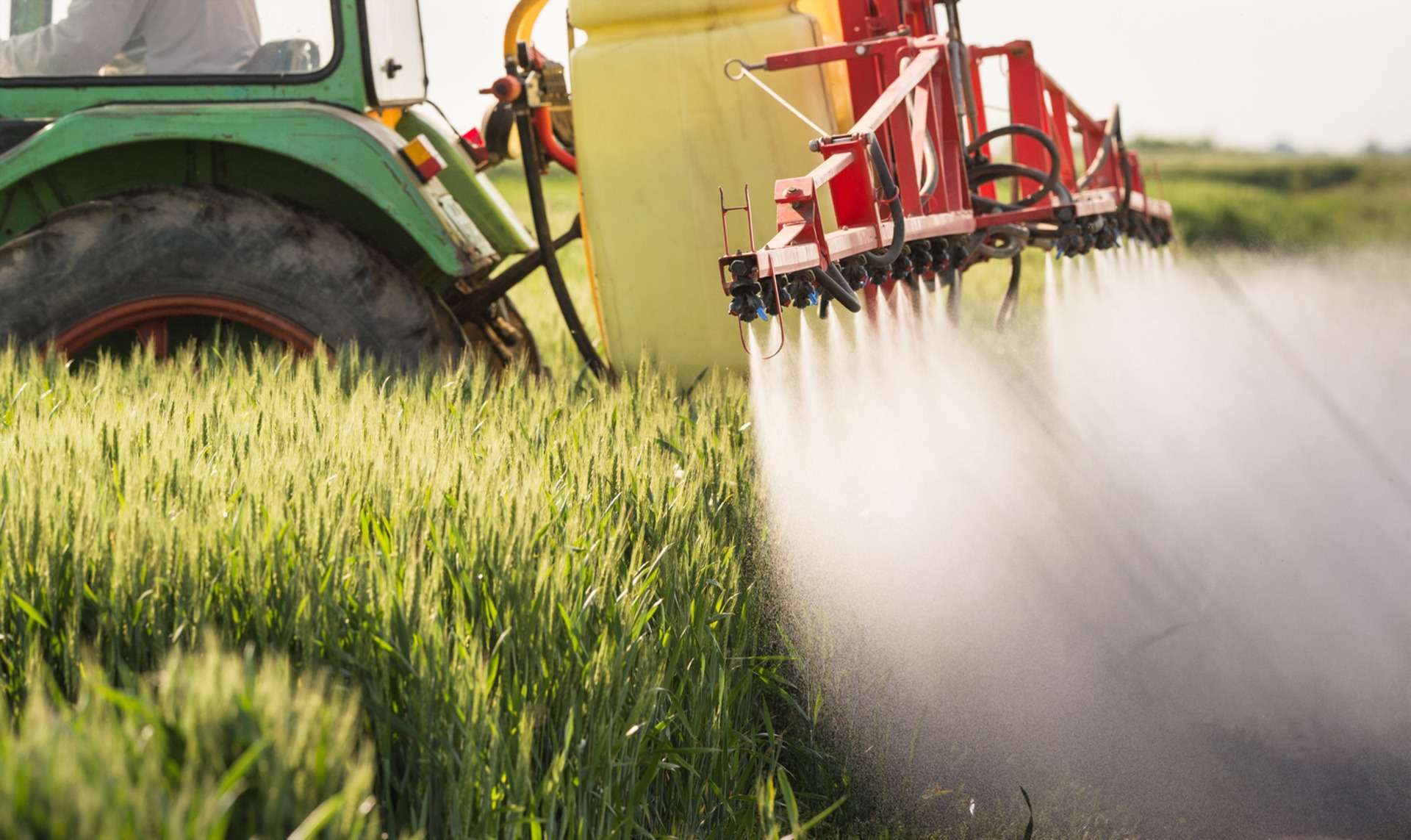Human civilisation and agriculture are in sync. Agriculture is the process by which humans grow, process and procure plants. This started at the very beginning of human civilisation (Orsini & D’Ostuni, 2022). However, the rapid restructuring of the agricultural landscape, a decrease in soil fertility, loss of biodiversity (leading to alterations of biogeochemical cycles), pest attacks and plant disease have raised concerns about uninterrupted agricultural production (Venkatramanan & Shah, 2019). Additionally, the significant rise in global human population and climate change have caused a threat to food security and the sustainable supply of food resources (Kendall et al., 1994). Certainly, modern agricultural practices have initiated processes that can provide sustainable crop production. Green technology is one of the best approaches for improving agricultural practices.

Source: ONG & ONG
What Is Green Technology?
As per the definition given by Iravani et al., 2017, green technology encompasses environmentally friendly technologies. We implement them in a way that does not damage environmental stability and conserves natural resources, also referred to as ‘clean’ technology. Green technologies provide advantages. Certainly, they rely on the safe utilisation of renewable resources to minimise greenhouse gases. Overall, green technologies make the process sustainable and decrease the use of natural resources.
how do we work towards Improving Agricultural Practices?
Agriculture is paramount for the viability of food security. As we apply green technology-based agricultural practices, we can provide stewardship for a sustainable path of economic development. Furthermore, technologies such as conservative tillage, integrated pest management, enhanced nutrient management, and precision agriculture have proven efficient to get ahead in improving agricultural practices. Correspondingly, a more sustainable path lies ahead, albeit with several trade-offs that need to be considered (James et al., 1999).

Source: THRIVE
Conservative Tillage
Interestingly, we use tillage to loosen soil surface, remove plant residues, control weeds and prepare soil for plantation. Conservative tillage (CT) has a clear conservation goal. One of the widely-accepted ways CT works is a tillage (or the combined process of tillage and planting), that retains 30% or greater cover of crop residue on the soil surface. Conversely, there are four major types: mulch tillage, ridge tillage, zone tillage, and no-tillage (Carter et al., 2005). It maintains plant residues on the soil surface in order to preserve soil viability and ecology. Retention of crop residues provide a cover on agricultural soil, preventing nutrient loss, soil erosion, and loss of soil moisture (SAREP, UC).
Green Fertiliser Technology
Furthermore, organic fertilisers produced from natural wastes can definitely replace conservative chemical fertilisers. This approach provides an alternative to other waste management processes. One of the processes of production of organic fertilisers from natural wastes is Green Hydrolysis. For example, sheep skin (with a layer of wool) is discarded as industrial waste in butchery industries, but they’re rich in Keratin protein and have massive potential as a resource. Interestingly, this protein can be hydrolyzed using keratinolytic enzymes, produced by microorganisms, to generate nitrogenous fertilisers (Zocola et al., 2015). Fertiliser quality improvement is another sector in fertiliser industries, where green technology can be adopted.
Conventional Methods of Fertiliser Quality Improvement
- Kerosene
- Mineral oil
- Asphalt
- Inorganic dyes
- Defoamers
- Anticaking agents
- Anti-dust agents
- Colouring agents
Unfortunately, these can prove deleterious in the interest of human health as well as the environment. Green technology is based on the use of ingredients that have vegetable origins, and are non-hazardous to humans and the environment (Mathur et al., 2016).
Green Pest Management
Chemical pesticides used for agricultural pest management cause numerous harmful effects on soil and related ecosystems. Accordingly, the planet favours integrated pest management, comprising pest control through biocontrol agents and natural ingredients. Genetically modified crops and other eco-friendly means would be beneficial for the control of pests and weeds in agriculture (Kumari et al., 2023). Evidently, habitat enhancement is another green technology-based approach to pest control. Roy et al., 2019 describe the importance of habitat augmentation for self-regulatory pest management of sugarcane ecosystems.

Source: FoodPrint
Use of Smart Technologies
With technological advancements, numerous internet and GPS-based smart technologies are available for the agricultural sector (Gondchawar & Kawitkar, 2016). These gadgets have opened up the way to Precision Agriculture. Emphatically, we’ve adopted it to increase crop production, and effectively manage fertilisers, pesticides and irrigation (Singh et al., 2020). Unmanned Aerial Vehicles (UAVs) can be controlled remotely with smartphone apps. They have multiple sensors that detect parameters beyond the limits of human visibility. They are real-time, precise and can provide reliable information for improving agricultural practices (Rani et al., 2019). Interestingly, advances in robotics and sensing equipment have provided tools to monitor vegetable growth, crop health, soil conditions and other parameters (King, 2017).
Today, half of the world’s population live in urban settings. It is predicted that by 2050, two-thirds of the global population will reside in cities (Orsini and D’Ostuni, 2022). However, another concept widely adopted in present times of urbanisation is Urban Agriculture. Green roof urban farming is employed for achieving environmental, social and economic sustainability in cities like Hong Kong (Hui, 2011). Fortunately, rooftop gardens are providing a modern framework for urban agriculture with a vegetable farming structure (Walters et al., 2018). Accordingly, we’ve designed vertical farms to ensure plant growth on multiple layers, supplying artificial light. Fortunately, these are suitable for urban areas, where land availability is limited and expensive. Advances in greenhouse technologies, mainly hydroponics, aeroponics and aquaponics have provided high prospects for vertical farming (Al-Kodmany, 2018).
Furthermore, there are a number of technologies that can provide cleaner and eco-friendly options for advanced agricultural practices. Farmers and policymakers must cooperate to develop reliable and profitable green technologies that benefit producers, consumers and the environment.
why should we focus on Improving Agricultural Practices with green technology?
Science has contributed significantly to thrivable fields. Space technology, biotechnology, aircraft technology and many others are the products of immense scientific efforts. However, blindfolded practices of urbanisation have created dangerous consequences for thrivability. The world is facing severe environmental challenges due to the overconsumption of natural resources (Zaman & Lehmann, 2011).
Uncontrolled human activities have taken a toll on the four Earthly spheres, namely, Atmosphere, Hydrosphere, Lithosphere and Biosphere. Green Technology is undoubtedly one of the best ways to achieve continuous socioeconomic development without compromising environmental sustainability. It also provides solutions for waste management in an eco-friendly manner (Iravani et al., 2017). Accordingly, this can help increase green cover in urban settings, improving an environment’s sustainable status.

Source: Conserve Energy Future
achieving United Nations Sustainable Development Goals (SDGs) and how they correspond with improving agricultural practices
The United Nations has proposed the Sustainable Development Goals (SDGs) to foster sustainable development. It clearly directs us to adopt green technologies for cleaner production processes. Green technology is crucial for the implementation of the SDGs (Ikram et al., 2021). The United Nations have provided an International Panel Report on Green Technology choices and the implications of low-carbon technologies (UNEP). Fortunately, the UN encourages countries to embrace green technologies to create profit. Green exports from developed countries jumped to $156 billion from $60 billion between 2018-2021 (UN News). The United Nations also encourages governing bodies to invest in green-based commodities. They also fund research activities on green technology innovations.
A Thrivable Framework
THRIVE Project works in line with UN Sustainable Development Goals. Our THRIVE community is working diligently to raise awareness among the general population and policymakers. We aim to increase understanding of the need for sustainable processes. Indeed, using smart technology, THRIVE addresses highly relevant issues around food security, water security and management, soil conservation, and many others. The agricultural sector has started adopting cleaner and smarter technologies, recognising the importance of ecological balance (Yang et al., 2021). Thus, governing bodies are implementing policies in the interest of the application of green technology-based practices in all sectors including agriculture.
In conclusion, THRIVE Framework is continuously mitigating solutions geared towards environmental, social and economic sustainability through its diversified activities, involving webinars, blogs and an extensive podcast series. THRIVE invests in diversified activities engulfing meaningful global issues that encompass science, innovation, sustainability, society, human rights, world events, and cleaner technology. Our newsletter endeavours to spread awareness about ‘Thrivability’ ahead of sustainability. Sign up for our newsletter for regular updates on issues that concern us all.